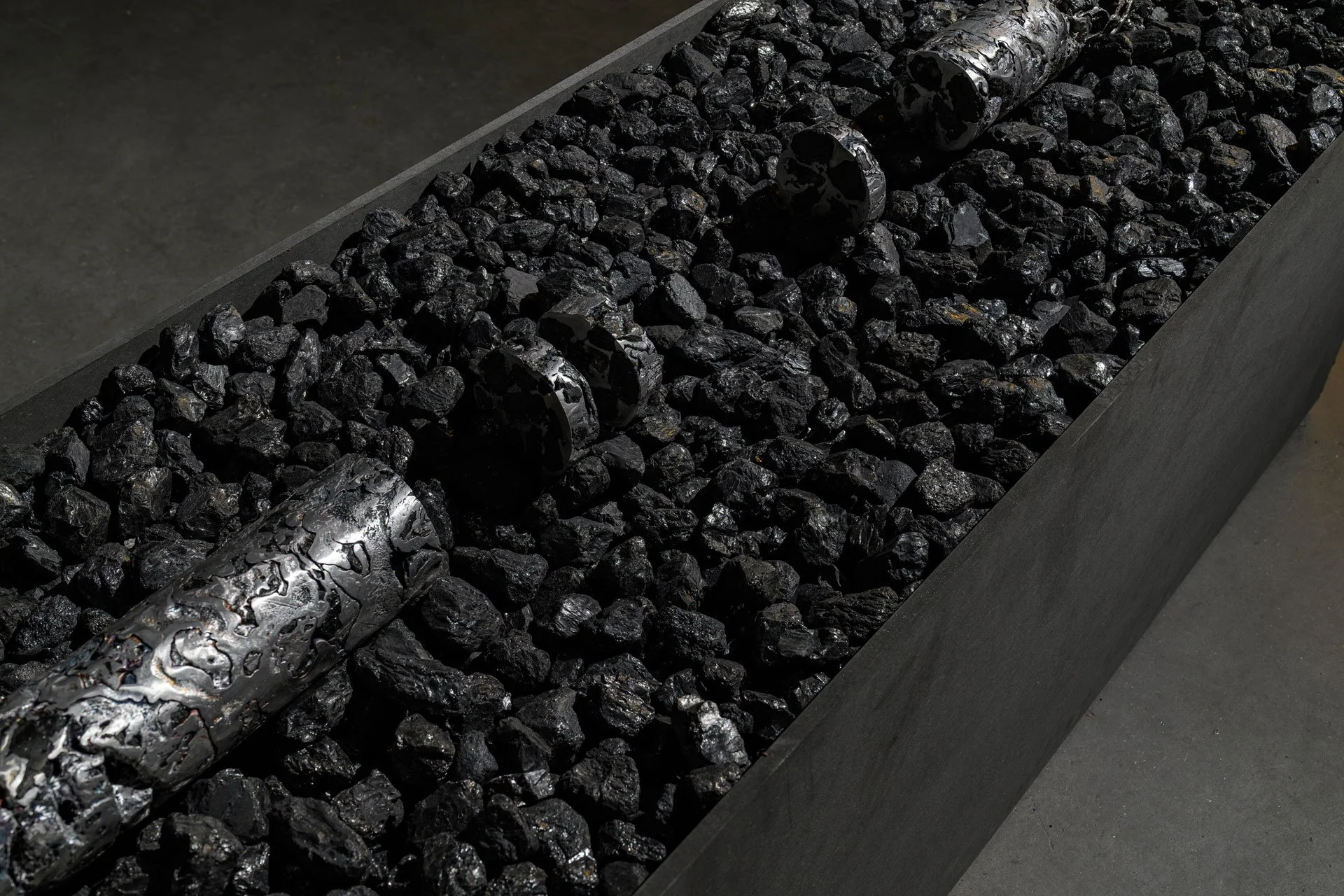
Orifices in Light
An essay on Zalán Szakács's site-specific installation and scenography, “Lichtspiel: Catoptric Theatre”, accompanying Maria W Horn & Mats Erlandsson and Casimir Geelhoed organ pieces performed for the 2024 edition of FIBER Festival: Outer/Body at the Orgelpark Amsterdam.
Details of Zalán Szakács's Lichtspiel during the FIBER Festival 2024 opening concert at Orgelpark.
Photo credit: Sabine van Nistelrooij
When choosing to write about Szakács's work I was initially uncertain about what I would be able to articulate. I would struggle to say that I saw the work Lichtspiel: Catoptric Theatre, much rather that I have come to experience it.
Lichtspiel literally translates to ‘light games’ and one way to read the work would be simply to argue that it was akin to the games children play with their hands by forming shapes in front of a light source and having the shadows look like a bird, dog or a bull. This phenomenon is known to occur from around campfires to childhood beds during sleepovers.
We have become so used to being enveloped in light even when it is dark and even when we are outside. Being in light means being safe and the shadows help with the myth-making but now everything is lit and there is nowhere to hide. Behind bars, shops on the street will keep their lights on to prevent people from stealing, parking lots will always have the faint glow of a green emergency exit sign above the doors and when walking down a street, entering the sight of a streetlamp, a passerby will do a double-take at their own shadow stretched across a building. We work like moths to a flame.
That was not the case with the third iteration of Lichtspiel. It worked in inverse. Light needs the material to be seen and material, the building of the Orgelpark, needs light to be seen. They needed each other. Things in light are creeped on by shadows yet now I saw the structure as moving; sometimes the overhanging balcony, the edge of the organ and the corners. There are tricks that light plays on us and there was something about not seeing the original source of light but its spectral reflections from the mirrors of Szakács's mechanism move across the space of the Orgelpark that made it experiential– it worked like scaffolding. No, it was an organism.
Details of Zalán Szakács's Lichtspiel during the FIBER Festival 2024 opening concert at Orgelpark.
Photo credit: Carmen Vollebregt
This deliberate creation of a scene using light turned space into something theatrical. Architect Izabela Wieczorek talks about how the mechanism of Catoptric Theatres helps confuse “the orthodox perception of interiority.” This acts in tangent to the audio-visual spectator accepting that the sound and visuals that they are seeing are part of the same entity. The organ music by Maria W Horn & Mats Erlandsson and Casimir Geelhoed gave the space its breath but the light brought the space into our realm of knowability.
Nevertheless, the light was not a drawing out or an encircling the walls of the building. The former church became a strange meeting point of the in-between of transparency, reflection and opacity. There was a distinct absence of light during the two-hour performance and when it did appear it created the orifices of the building. One did not see pupils or the back of someone’s mouth but the arches and the pillars. I was inside a building but paradoxically becoming aware that only by being within it I may experience it as living.
Read more

ABOUT THINKING BODIES
Thinking Bodies was conceptualised as an effort to build an exploratory body of knowledge(s), that draws upon the festival’s theme and weaves together perspectives, writing styles and formats. Drawing from the theme of the FIBER Festival 2024 edition, Outer/Body, we invited aspiring and emerging writers from a multiplicity of backgrounds to share their contributions, ranging from essays to interviews to poetries, resulting in a rich archive of knowledge.
























